10 Wild Animals in Sudan [Wildlife in Sudan]
Want to know more about the wildlife in Sudan?
Discover 10 wild animals in Sudan in this post, as well as interesting facts about them. 🇸🇩
Learn All About Sudanese Animals
Ready to learn all about Sudanese animals?
I’ve always been fascinated by animals and by how they can be so different from one country to another. In this guide, we’ll focus on the many animals Sudan has on the land, in the sky, and underwater.
I’ve split the guide into 5 categories:
- Native animals from Sudan
- Endangered animals of Sudan
- What is Sudan national animal?
- How many animals native to Sudan?
- What is the most common animal in Sudan?
Let’s dive in right away with our first category!
Native Animals from Sudan
Sudan is a large African country located in the northeastern part of the continent, within the Sahara. It used to be the largest country in all of Africa until the secession of South Sudan in 2011 (it is now Algeria), is now the third-largest country on the continent, has been a secular state separated from Islam since 2020, and used to be an Egyptian colony. It is bordered by the Central African Republic, Chad, Eritrea, Egypt, Ethiopia, South Sudan, and Libya, and although its largest city is Omdurman, its capital is Khartoum, which counts more than 639,000 inhabitants (but more than 6,017,000 if you include the metropolitan area).
An interesting part of the country that I wanted to tackle is its wildlife. In light of that, I have listed the best of it, and I hope you will love learning what animals live in Sudan.
Here’s the Sudan animals list.
1. Northeast African cheetah
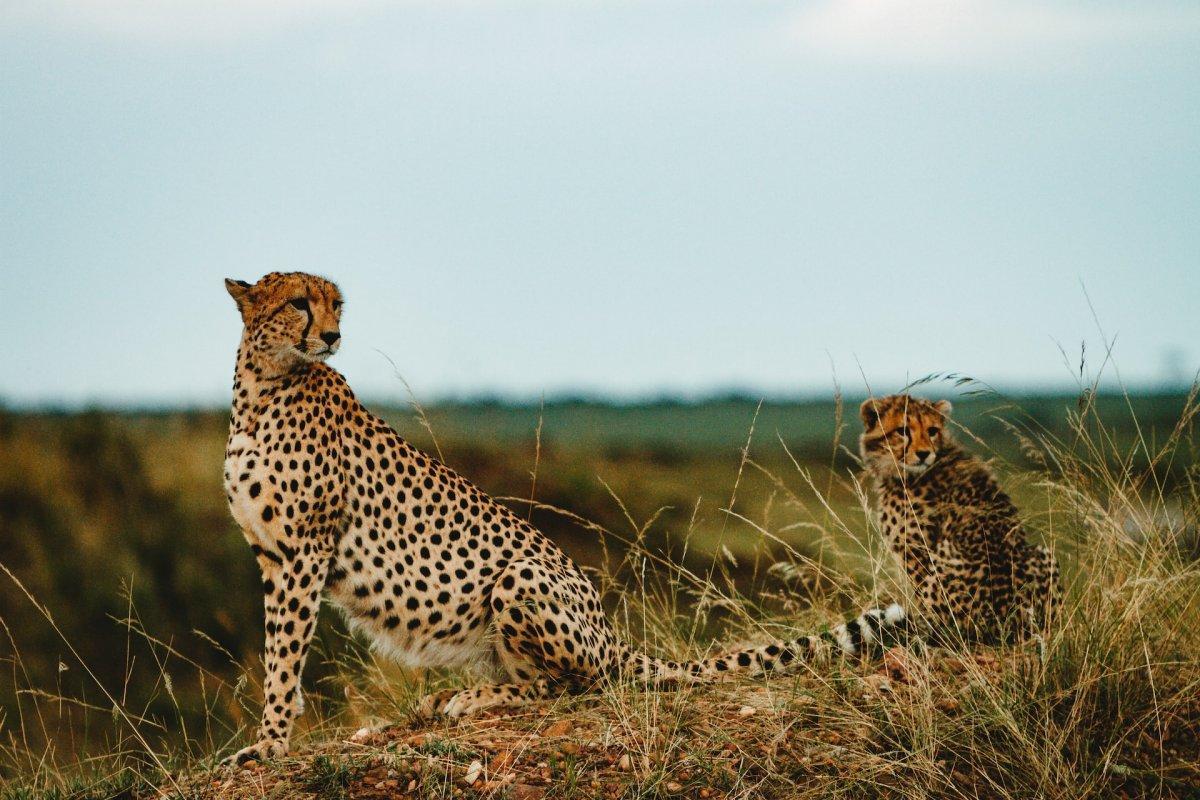
- Name: Northeast African cheetah
- Scientific name: Acinonyx jubatus soemmeringii
- Conservation status:
The cheetah is a large species of wild cat native to central Iran and much of Africa. It is known for being the fastest terrestrial animal on the planet, reaching incredible speeds of up to 128 km/h / 80 mph.
Its subspecies found in Sudan is the Northeast African cheetah, also known as the Sudan cheetah. There are about 950 individuals surviving in protected areas in Sudan, Ethiopia, and Somalia, while other numbers are unknown.
2. Nubian giraffe
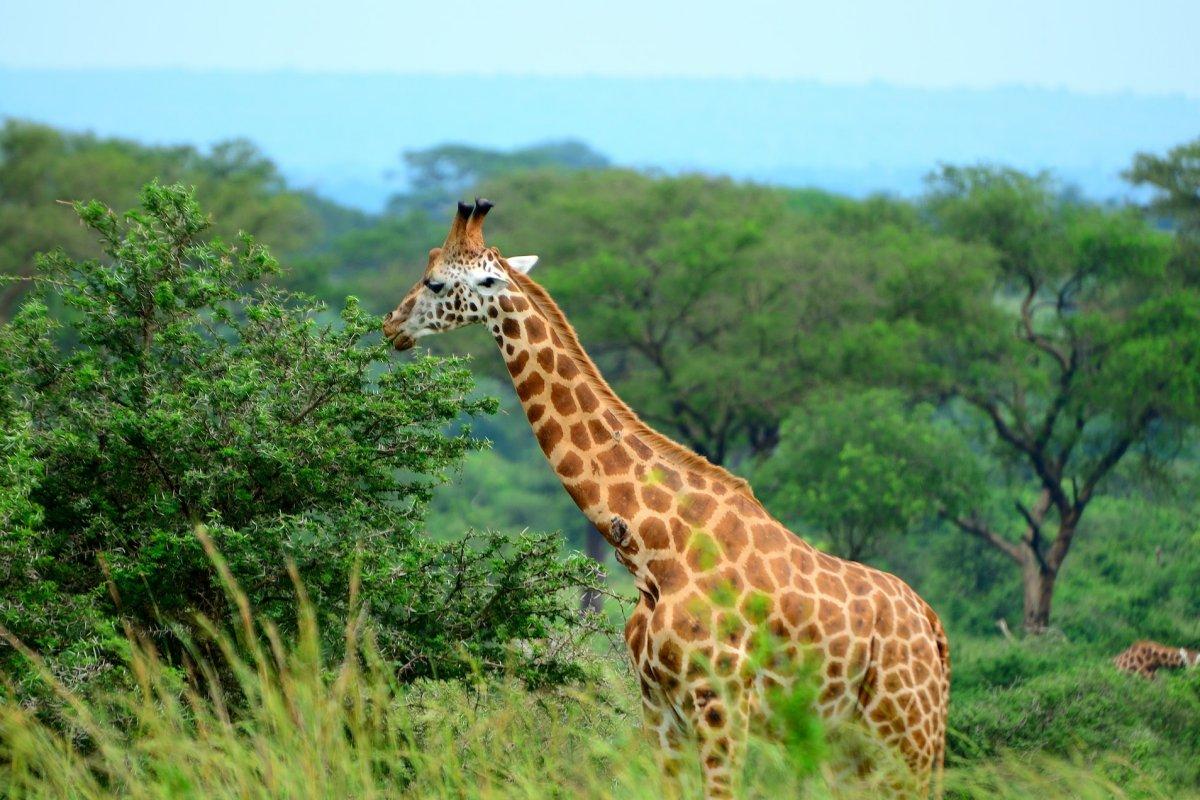
- Name: Nubian giraffe
- Scientific name: Giraffa camelopardalis camelopardalis
- Conservation status:
The Nubian giraffe is a subspecies of the giraffe native to Sudan, South Sudan, Egypt, Eritrea, Kenya, and Uganda, although it is extinct in the wild in the Democratic Republic of the Congo, Eritrea, and Egypt.
This giraffe has suffered a decline of about 95 percent during the past 3 decades. Its Sudanese numbers are not known, but there are about 2,150 individuals left in the world.
3. Hippopotamus
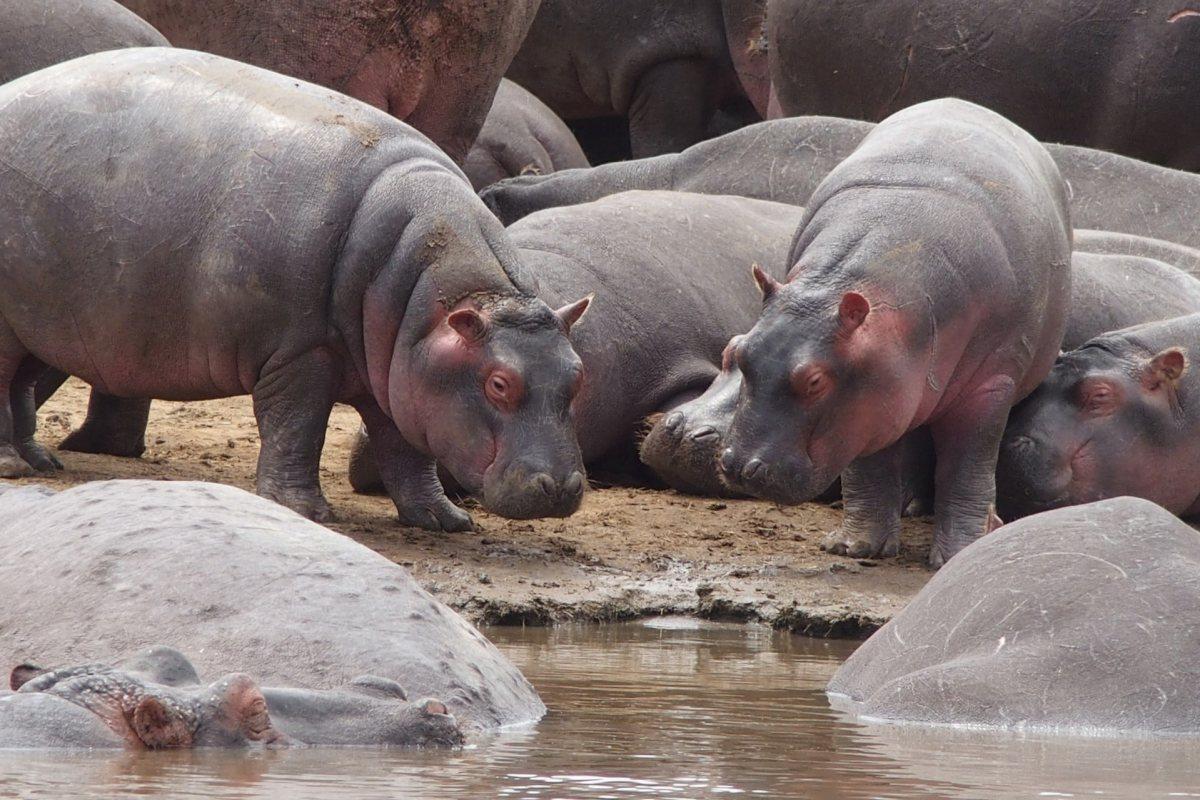
- Name: Hippopotamus
- Scientific name: Hippopotamus amphibius
- Conservation status:
The hippopotamus, also known as the river hippopotamus, the common hippopotamus, or simply the hippo, is a large species of semi-aquatic mammal native to much of sub-Saharan Africa. It is one of the most dangerous animals in Africa, having unpredictable behavior and very aggressive tendencies.
Although its range has drastically declined over time, the hippopotamus can still be found in the lakes and rivers of Sudan.
4. African leopard
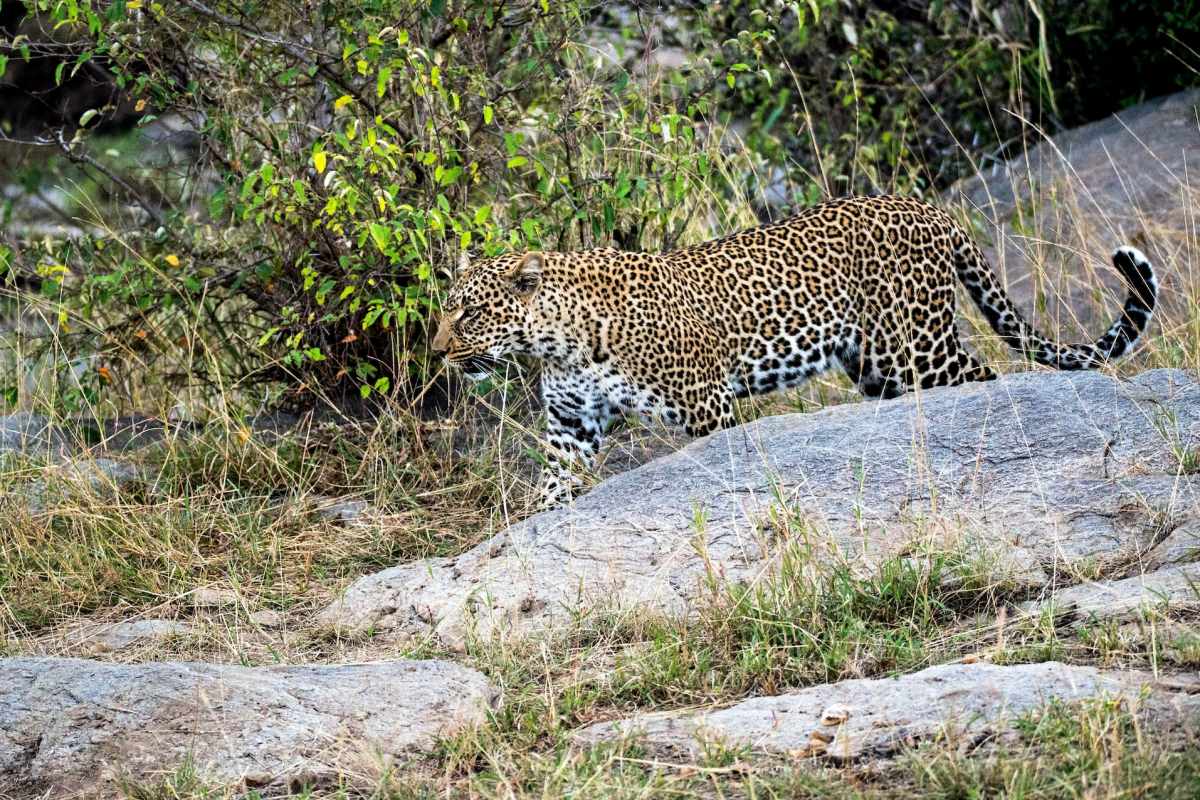
- Name: African leopard
- Scientific name: Panthera pardus pardus
- Conservation status:
The African leopard is the most common and widespread subspecies of the leopard. It is found throughout sub-Saharan Africa and is considered vulnerable to extinction because of poaching for its body parts (mainly its coat), as well as habitat fragmentation and destruction.
In Sudan, leopards are particularly threatened because of poaching. There are about 50 individuals left in the Am Dafok area, and livestock herders do not hesitate to use poison or hire gunmen to kill African leopards.
5. Nolan warthog
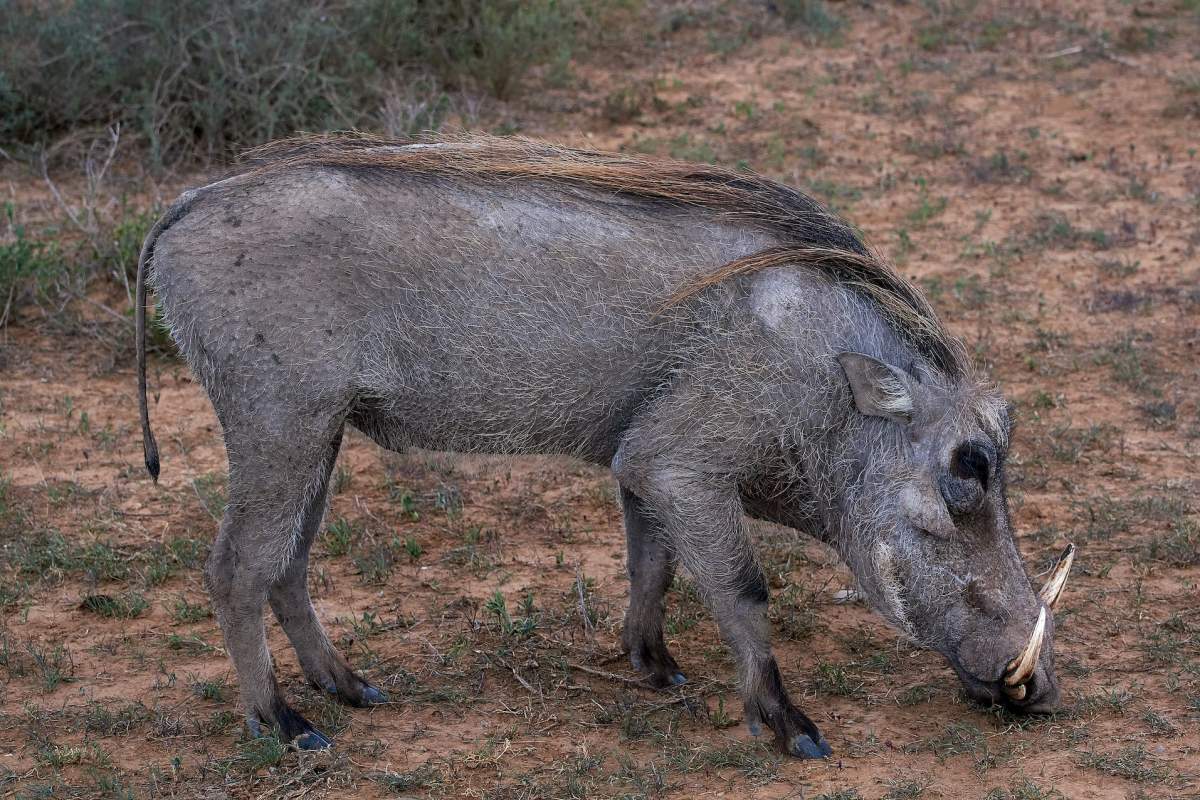
- Name: Nolan warthog
- Scientific name: Phacochoerus africanus africanus
- Conservation status:
The common warthog is a species of wild pig native to sub-Saharan Africa. It is the only suid adapted to the savanna habitat and inhabits the savannas, grasslands, and woodlands of Sudan.
There, the local subspecies is known as the Nolan warthog. It can be found in a multitude of neighboring countries, including the Democratic Republic of the Congo, Ethiopia, and Chad.
6. Southern African lion
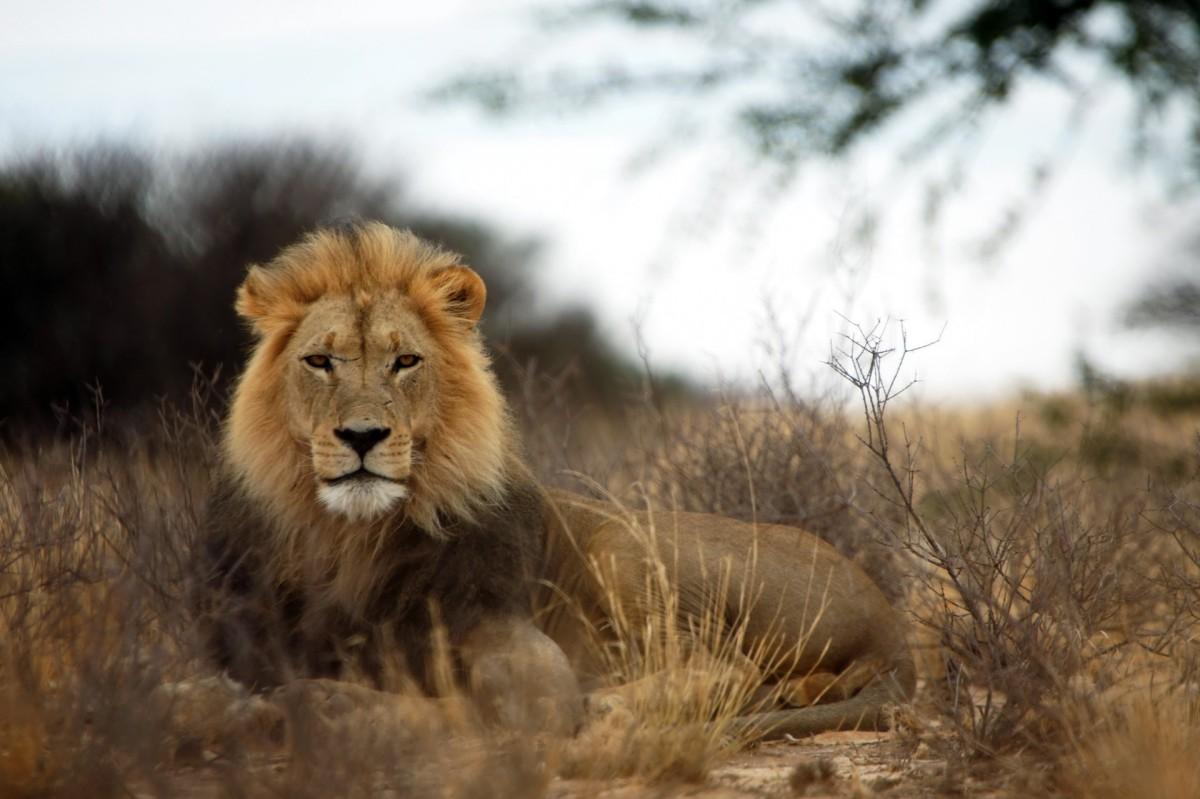
- Name: Southern African lion
- Scientific name: Panthera leo melanochaita
- Conservation status:
The Southern African lion, also known as the Southern lion, is yet another species of big cat found in Sudan. It is native to much of eastern and southern Africa, and while its range used to be much wider and more uniform, it is now restricted to small, fragmented populations around the continent.
While its populations in protected areas of Namibia, Zimbabwe, Botswana, and South Africa have increased, the Southern African lion is still suffering large declines in East African countries such as Sudan.
7. Thomson’s gazelle
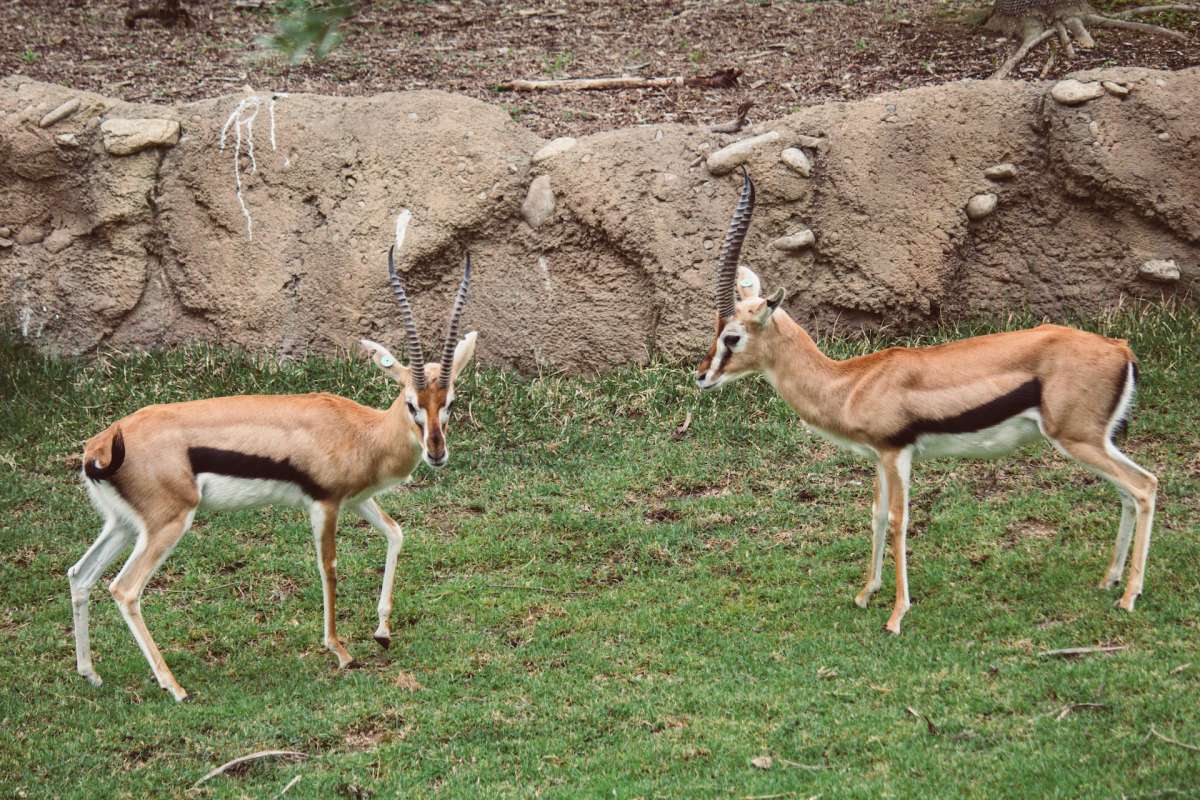
- Name: Thomson’s gazelle
- Scientific name: Eudorcas thomsonii
- Conservation status:
Thomson’s gazelle, informally known as tommie, is one of the most well-known species of gazelle in the world. It is fairly common in Africa, with numbers exceeding the 200,000 mark, and lives in the eastern parts of the continent.
The only way this gazelle can fight its main predators (usually big cats such as lions, leopards, and cheetahs) is by outspeeding them; considering it can reach up to 90 km/h / 55 mph, it usually has a solid chance of staying alive, which is why predators focus weak members such as sick, old and very young individuals.
8. Olive baboon
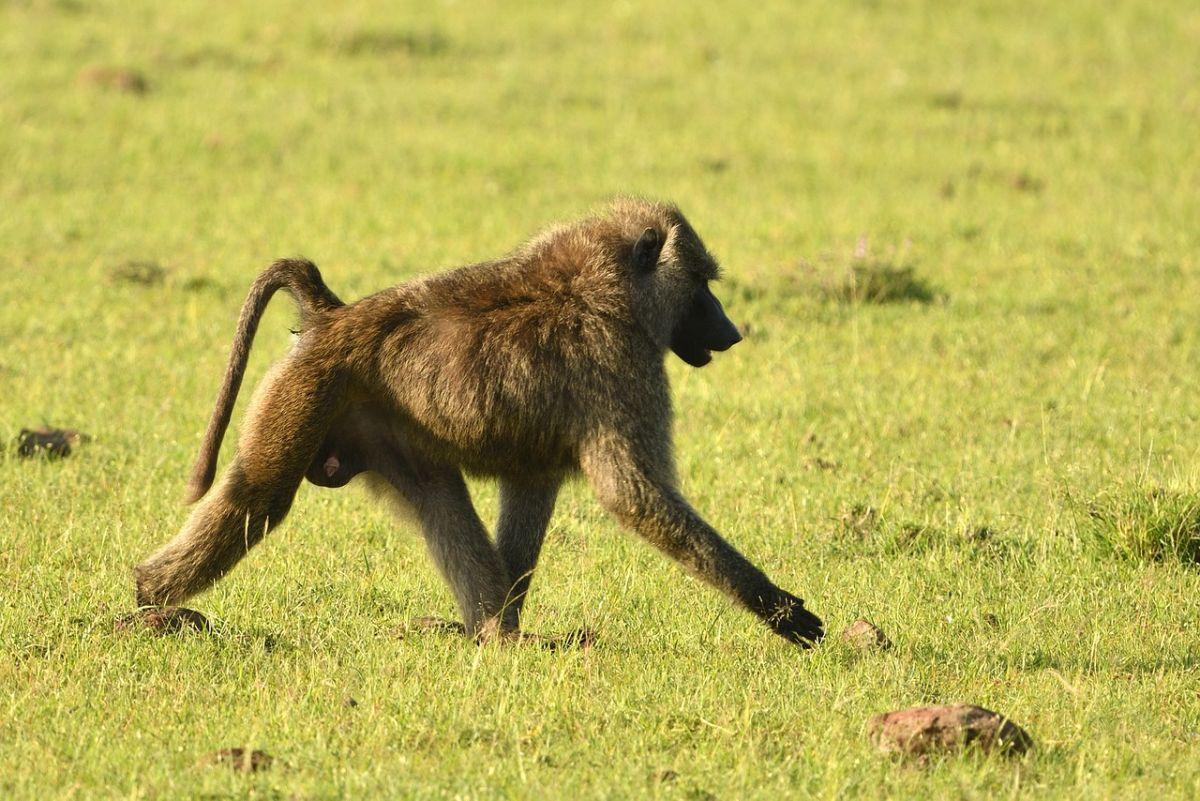
- Name: Olive baboon
- Scientific name: Papio anubis
- Conservation status:
The olive baboon, also known as the Anubis baboon, is a species of Old World monkey found in Central Africa, in about 25 countries, from Somalia in the East to Mali in the West.
It inhabits the savannas, forests, and steppes of Sudan, where it feeds on… almost anything, from plants to invertebrates, small mammals, and birds, which is what explains the vast success of the olive baboon as a species.
9. Ground pangolin
- Name: Ground pangolin
- Scientific name: Smutsia temminckii
- Conservation status:
The ground pangolin, also known as the Cape pangolin, the steppe pangolin, or Temminck’s pangolin, is one of four species of pangolin found in Africa, and the only one located in eastern and southern Africa.
This pangolin has a very wide range, being found in 15 African countries in the central, eastern, and southern parts of the continent. It usually inhabits savanna woodlands with some scrub, at low altitudes.
10. Tropical bottlenose whale
- Name: Tropical bottlenose whale
- Scientific name: Indopacetus pacificus
- Conservation status:
Not mentioned until now, Sudan also has a coastline and therefore amazing marine wildlife you should know about. The tropical bottlenose whale, also known as Longman’s beaked whale or the Indo-Pacific beaked whale, is a great example of that.
This whale is very poorly known, as it can only be studied thanks to a dozen stranded specimens and only 65 sightings.
—
So there you have them, these were my 10 wild animals in Sudan. I hope you enjoyed this list and that you learned something new today.
In case you want to learn more about Sudan wildlife, feel free to keep reading, as I still have lots of things to tell you about:
Endangered Animals of Sudan
This is definitely the saddest part of the list, but it is essential to raise awareness. Because of this, let’s go through the list of endangered animals in Sudan.
Here are the animals in danger of extinction in Sudan.
- Scimitar-horned oryx
- Aurochs
- Nubian flapshell turtle
- Black rhino
- African wild ass
- Addax
- Sociable lapwing
- and 16 more…
- Maccoa duck
- Steppe eagle
- Secretarybird
- Lappet-faced vulture
- African spurred tortoise
- and 29 more…
To see the full list of endangered species in Sudan, head over to the International Union for Conservation of Nature’s Red List.
What is the National Animal of Sudan?
The national animal of Sudan is the secretarybird.
The secretarybird is a large species of bird of prey. Sometimes spelled secretary bird, it inhabits the grasslands and savannas of Sudan, and it is endemic to Africa.
This bird is depicted on the emblem of Sudan and featured on the presidential seal and flag. It represents growth, and its ability to kill snakes is widely regarded as a symbol of protection. Aside from Sudan, several other African countries use the secretarybird as one of their main symbols, and it is present on the stamps of at least 37 issuers on the continent.
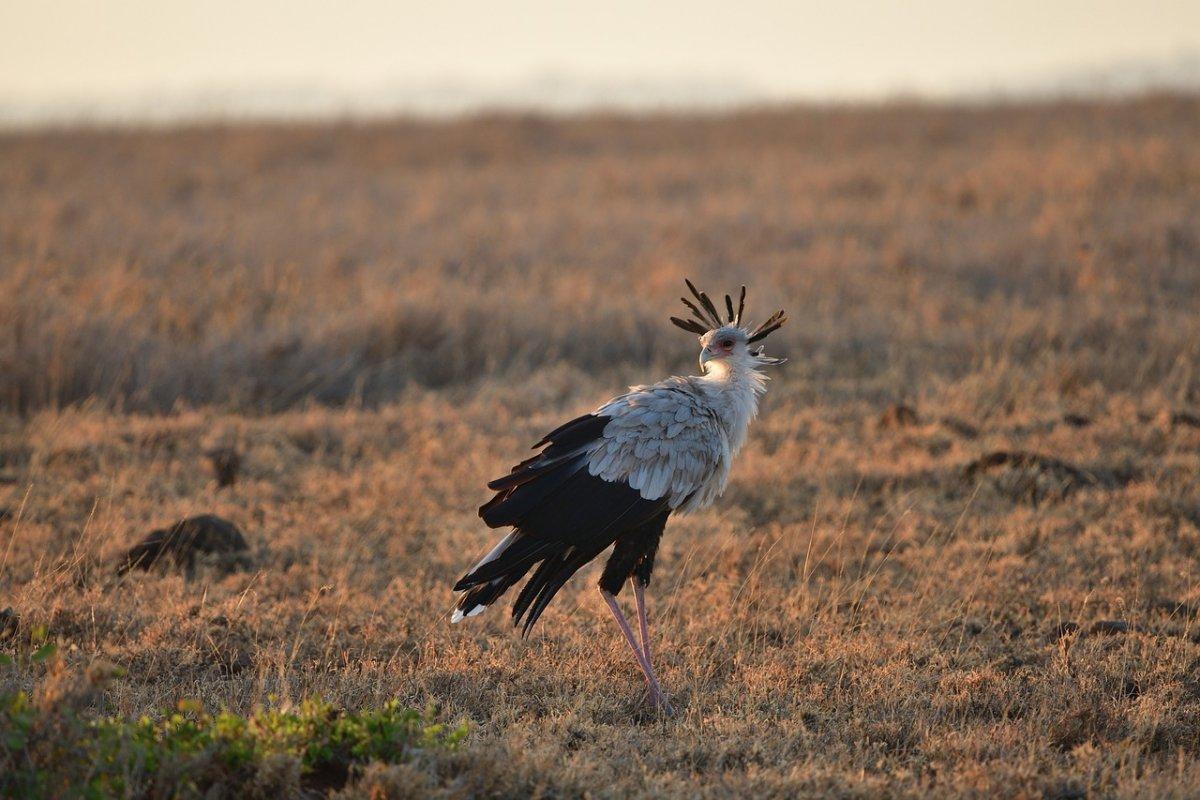
How Many Animals Native to Sudan?
What is the diversity of native animals of Sudan?
Let’s look at the total number of species of Chordata (mammals, birds, fishes, and reptiles).
Total number of animal species in Sudan: 2,203 (14,205 in total in sub-Saharan Africa)
What is the most common animal in Sudan?
There are plenty of animals that you can find all across Sudan, but none of them is as common as the sheep, with about 51.5 million individuals across the country.
Sheep are used for both their meat and their wool, and they have always been important to many African people.
More About Animals in the World!
Loved these animals in Sudan facts? Want to see what animals live in other countries?
Then check out these posts:
Or click here to see ALL the facts up on the blog! Spoiler alert: there’s A LOT of them.
Share the knowledge! Click on the buttons below to share information about these famous animals that live in Sudan with your friends, and help them learn more about the world 🙂
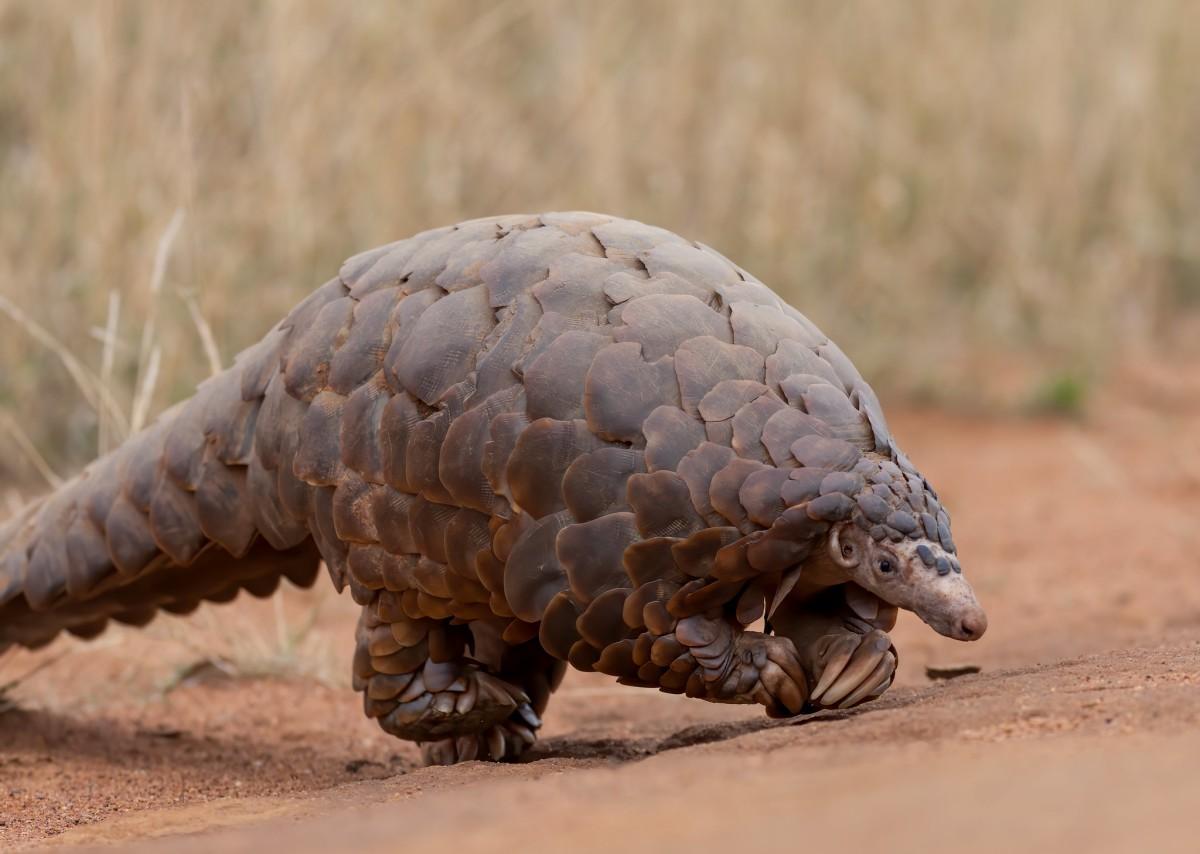

![11 Wild Animals in South Sudan [Wildlife in South Sudan]](https://www.kevmrc.com/wp-content/uploads/2022/12/11-wild-animals-in-south-sudan.jpg)
![10 Wild Animals in Andorra [Wildlife in Andorra]](https://www.kevmrc.com/wp-content/uploads/2022/10/10-wild-animals-in-andorra.jpg)
![12 Wild Animals in Afghanistan [Wildlife in Afghanistan]](https://www.kevmrc.com/wp-content/uploads/2022/06/12-wild-animals-in-afghanistan.jpg)